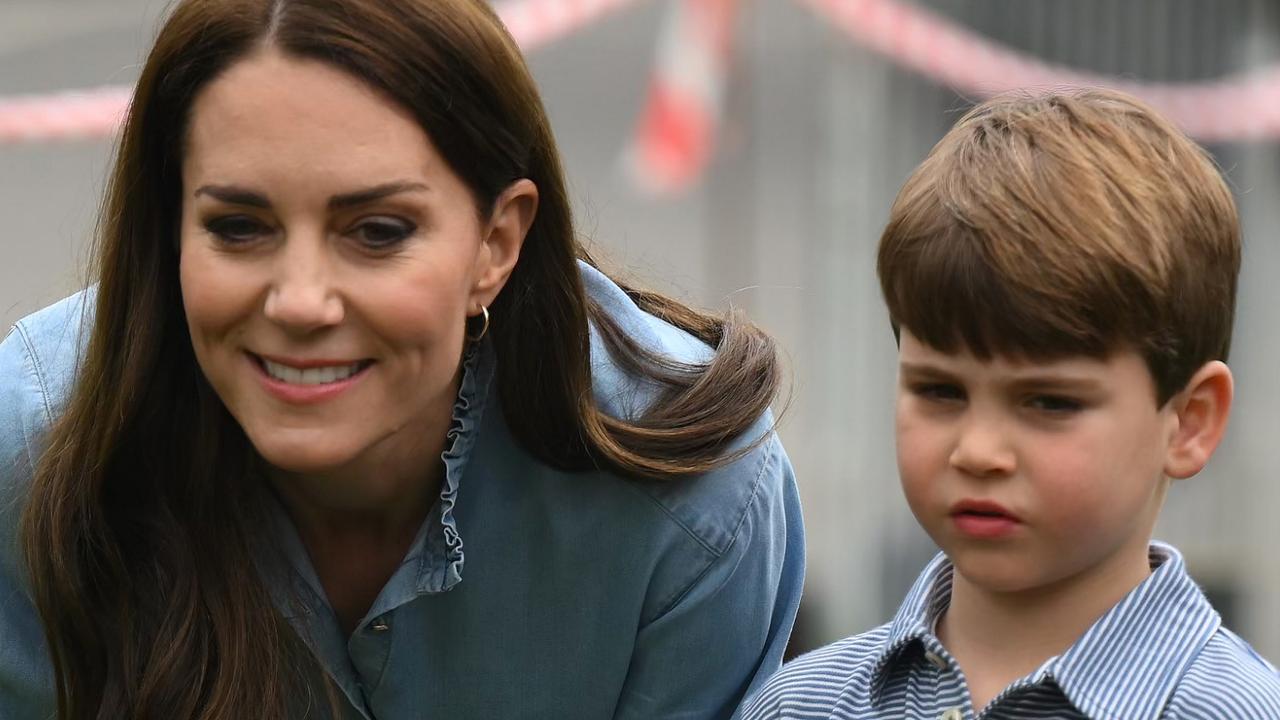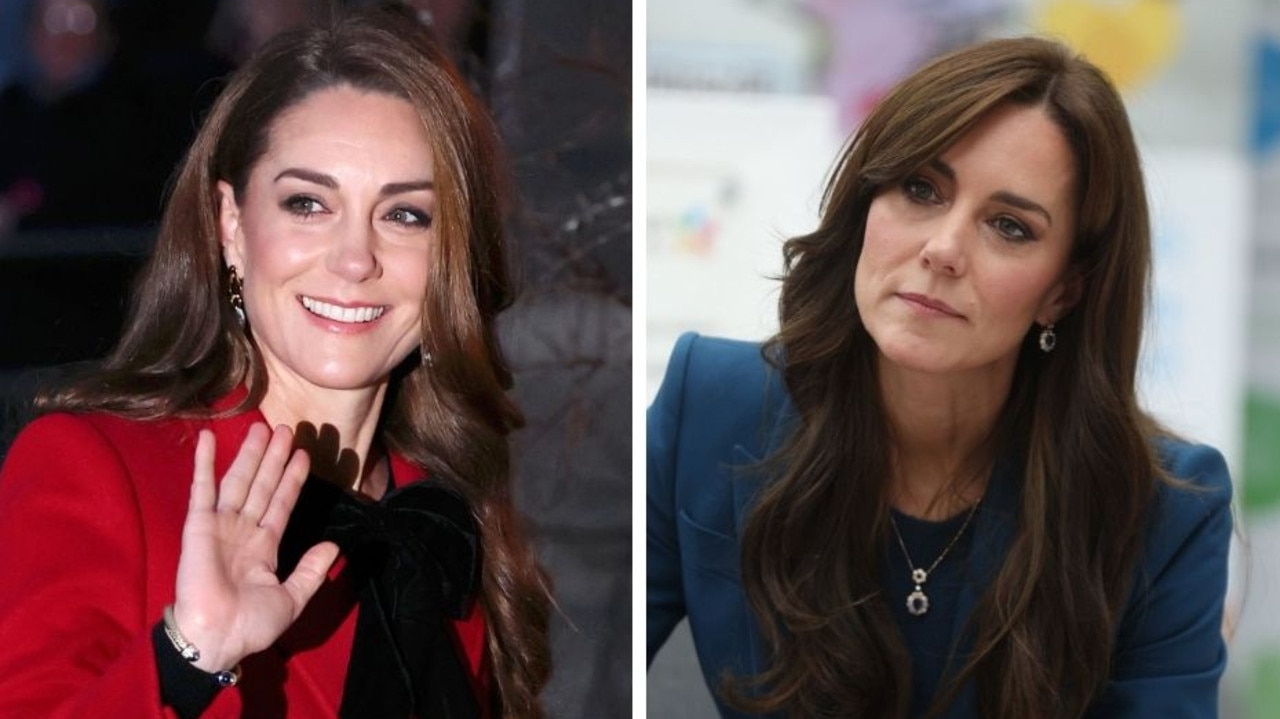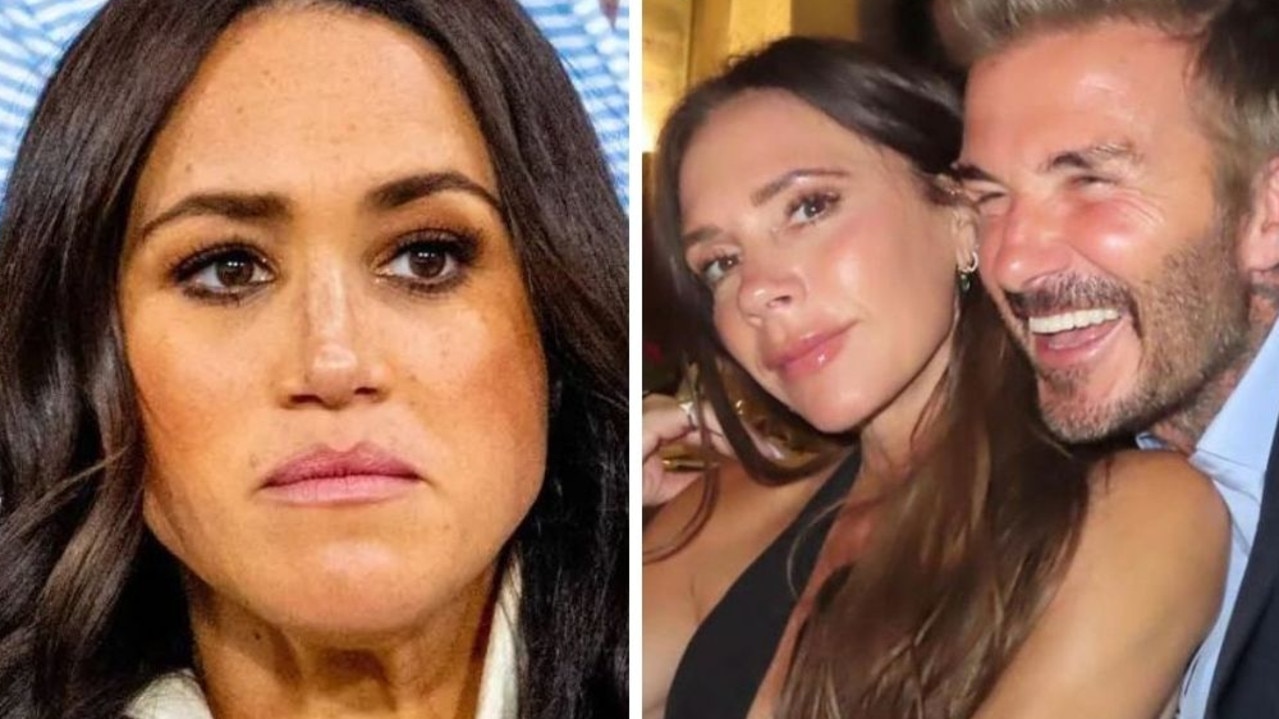Former longtime Palace press secretary spills royal tour secrets
“Sense of ridiculous”: An ex-Palace press secretary, who went on countless royal tours, shared what really goes on behind the scenes.
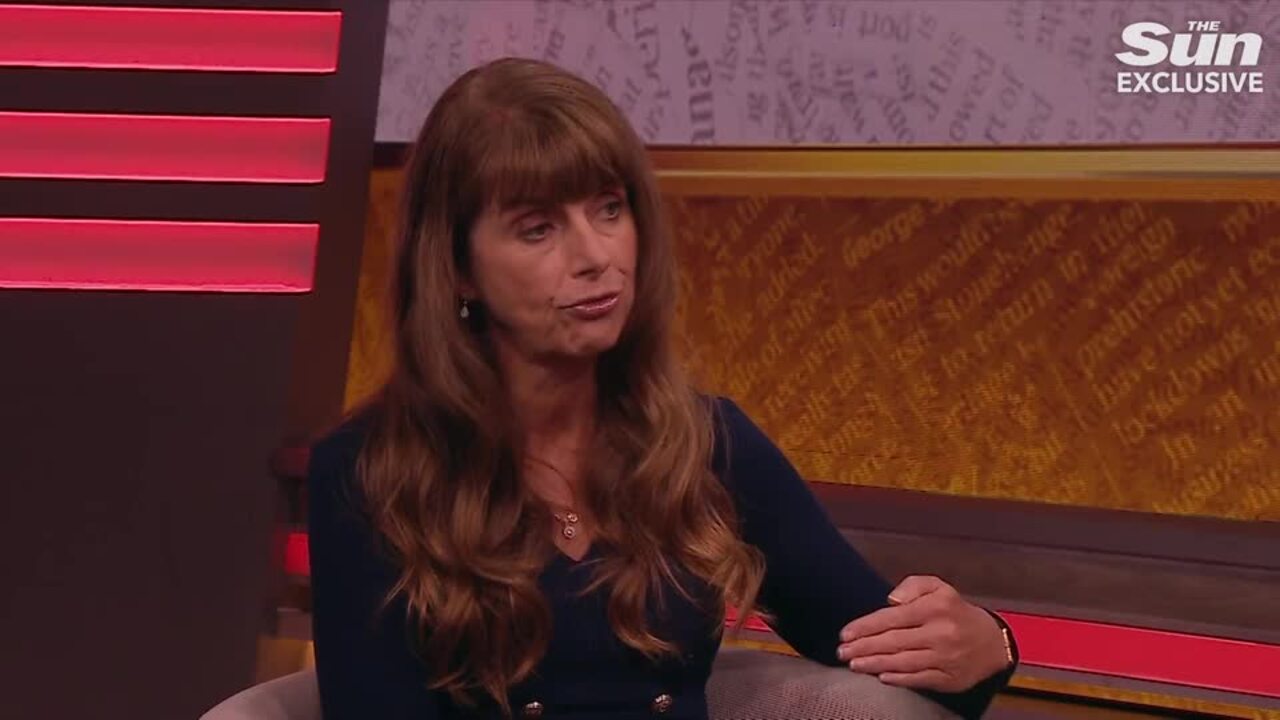
Anyone who’s seen the royals on tour can confirm: they’re a well-oiled machine.
Watching them emerge, greet crowds, accept flowers and gifts (discreetly passing them on to members of their team in a carefully-orchestrated dance), and maintain a seemingly endless chatter of relevant small talk before gracefully exiting to their next engagement is nothing short of impressive.
We’ve had plenty of these regal showcases in recent years: the late Queen Elizabeth in 2011, Prince William and Catherine (then the Duchess of Cambridge) in 2014, Prince Harry and Meghan, the Duchess of Sussex in 2018 … and currently, King Charles and Queen Camilla.
We’re used to seeing them give the kind of seamless and seemingly effortless performances that can only exist after months and months of meticulous planning by a huge team.
But how many people are actually in that team, working away behind the scenes – and what happens when the royals are finally alone at the end of the day?
Who actually travels with the royals
According to the late Queen’s former press secretary, Ailsa Anderson, who worked closely with the monarch and senior royals including Charles from 2001 until 2013, a massive team join them on major overseas visits.
When she travelled with the Queen and Prince Philip on their last Australian tour in 2011, there were around 30 staff members on the plane with them, including herself.
“The Queen and Prince Philip … would sit in one part of the aircraft and then the rest of the team” would be sitting separately, Ms Anderson told news.com.au on the Royal Exclusive show.
“For a big overseas tour like Australia, they would have about 30 members of staff, and that would include the [British] foreign secretary, so a member of government would come … and then obviously the press secretary … and there would normally be two private secretaries – one dealing with the actual visit, and the other, the principal private secretary, dealing with the Constitutional affairs – because the state of Commonwealth realms government goes on, even if the Queen is out of the country.”
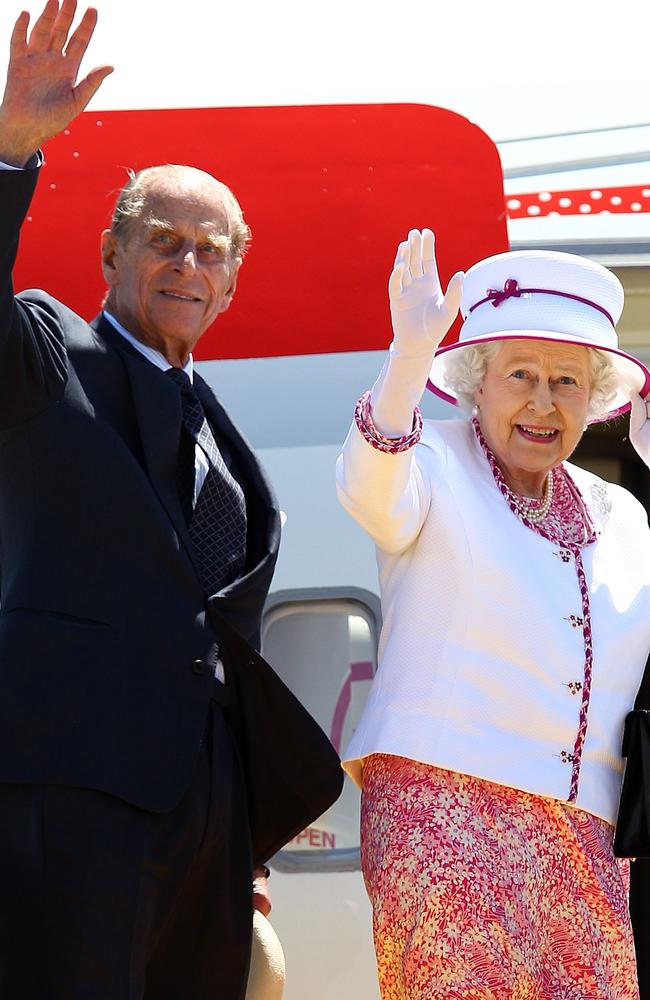
She added that the late monarch would also have her “ladies-in-waiting”, and then people specifically designated to “look after the travel” and the “logistics of where we need to be”.
“So it’s a complicated, complex group.”
As the royal press secretary, Ms Anderson had an all-access pass to countless “extraordinary” historical events, but admitted: “It’s a tough job, it’s relentless, it’s 24/7.”
How royals ‘gauge the mood’ ahead of tours
News of a Daily Telegraph poll, taken just days ahead of the King and Queen’s arrival, which showed a boost in support for the royals in Australia even generated plenty of headlines back in the UK.
Similar surveys are taken fairly regularly across the realm – but they still are watched closely by the monarch and senior royals and have plenty of impact, according to Ms Anderson.
“They want to gauge the people’s mood, and what you don’t want is to enter a country when people don’t want you there,” she admitted, adding that the latest poll would have come as a “huge boost” to the King personally.
“The King gets briefed on what is going on from his media team, from his private secretary … and you need all the armoury in your Palace to go out and do what you need to do [on tour].”
‘Don’t know how they’ll feel’
A huge part of the job of being the monarch’s right-hand man (or woman, in this case) is being flexible to how the bosses feel day to day – and, as Ms Anderson explained, “sometimes you don’t know how they’ll feel” ahead of time.
“I remember, going back to that Australia tour in 2011, we landed in Canberra and the first day was going to be a day of rest because of the distance travelled,” she recalled.
“And at nine o’clock in the morning, Prince Philip says [to me], ‘Right, what are we doing today?’
“And you’re thinking, ‘crikey!’ – I was in my forties and I was absolutely shattered. Here’s a man in his late 80s, early 90s, and he’s raring to go.”
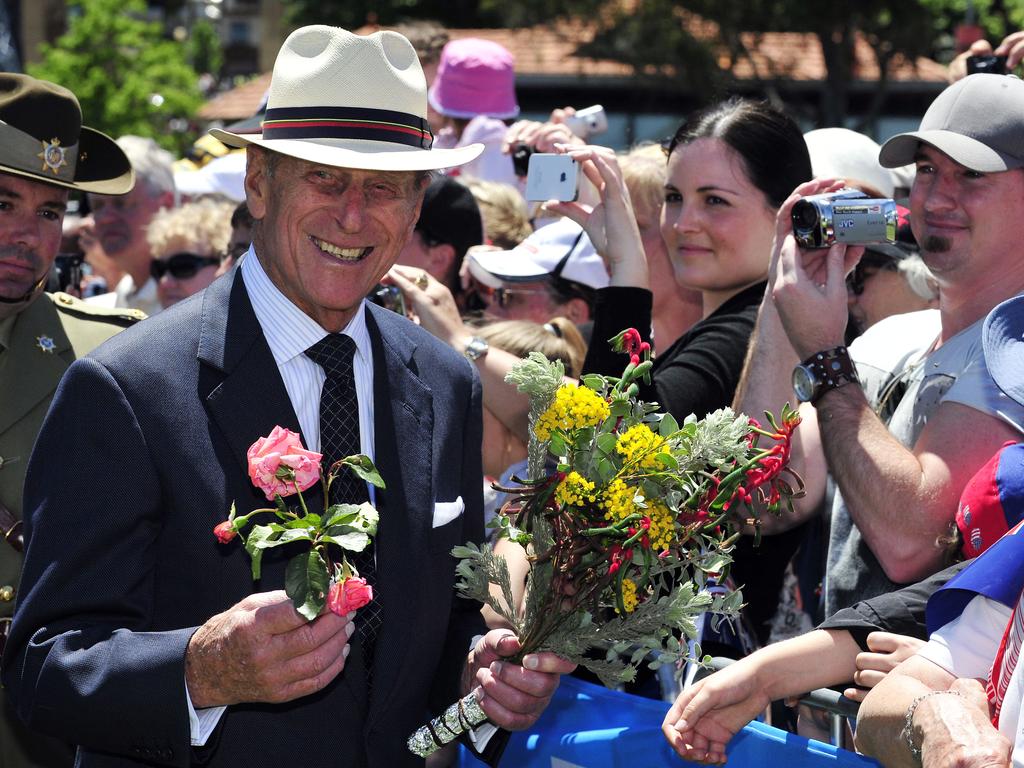
Royals’ private reaction to unexpected chaos
Even with every possible detail mapped out, the unexpected can always happen on tour – and the royals know it.
The number one thing they take with them on every big trip? A “sense of humour”, Ms Anderson revealed.
“The thing that [the Queen] loved more than anything was something that wasn’t meant to happen,” she said.
“Whether it was an unveiling and the curtain would fall off the picture or the plaque … or I remember in Canada, the boat being stuck in a lake and having to be rescued.
“She had the sense of ridiculous and something that wasn’t absolutely right – that was the highlight, and something you could joke about afterwards.”
Ms Anderson added that the Queen had had a solid laugh when they’d gotten home from the boat fiasco, and that she’d found it hilarious, “especially when everything [had been] so meticulously planned … there’s something to be mucked up.”
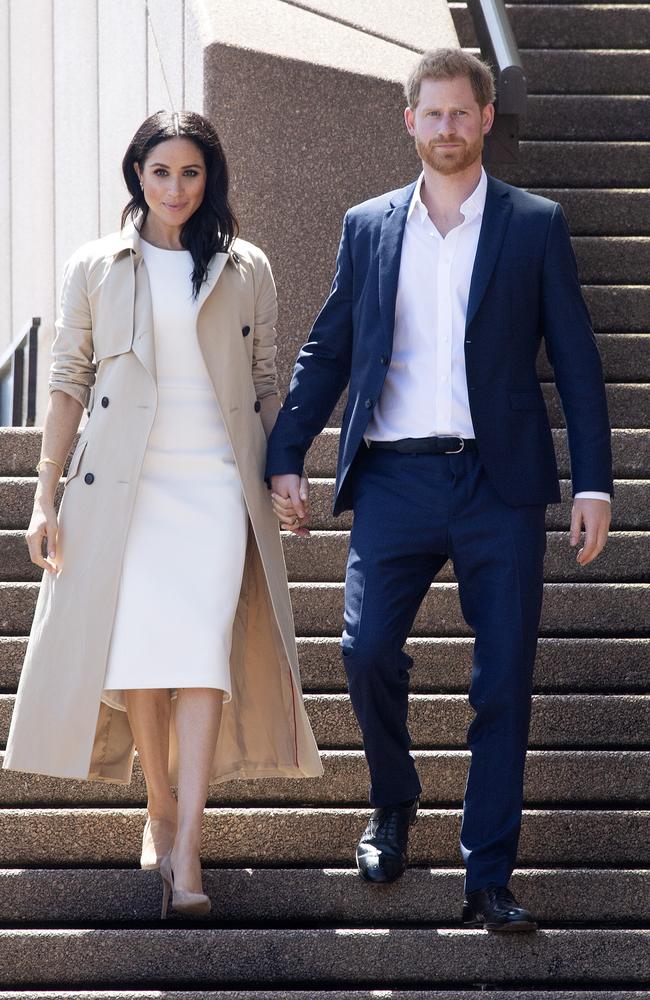
‘Nervous’
They may (usually) be ready to hit the ground running, but before they arrive, even the most experienced senior royals feel nervous.
“There are nerves because you don’t want it to go wrong, you don’t want to let people down,” Ms Anderson said.
“[The King] will be very conscious of giving a fantastic performance [in Australia]. Here he is on the world stage and he won’t want to be putting a foot wrong.
“ … There will be nerves, but it’s all in the preparation … and [he and his staff] will be all over it, and everyone will want it to make it to be a success, whether you are from the home team or whether you are from Australia.”
What royals get up to post-engagements
After hours of back-to-back engagements and meeting countless dignitaries, community leaders, and members of the public – what happens when the royals get back to their accommodation and kick their shoes off?
According to Ms Anderson, the late Queen and Prince Philip would pour a drink and review the day – what worked, what didn’t, and what they could have done better.
“It’s really important to build in downtime, and the Queen’s greatest confidante on those visits was her husband,” she said.
“So it was important for them to have that bit of downtime and talk about how the day had went or whether we could have done anything better or did we meet the right people or what was in the media.
“I mean, the Queen had a vociferous appetite of reading all the media and wanted to be briefed and wanted to know what had been spoken about.”
Besides a small handful of well-documented low points, the long-serving monarch largely featured positively across the news.
When asked whether the Queen had appeared to be impacted by negative feedback at any point, Ms Anderson was diplomatic: “Not in public.”
“I think the Queen in private was quite a shy, introverted individual,” she said.
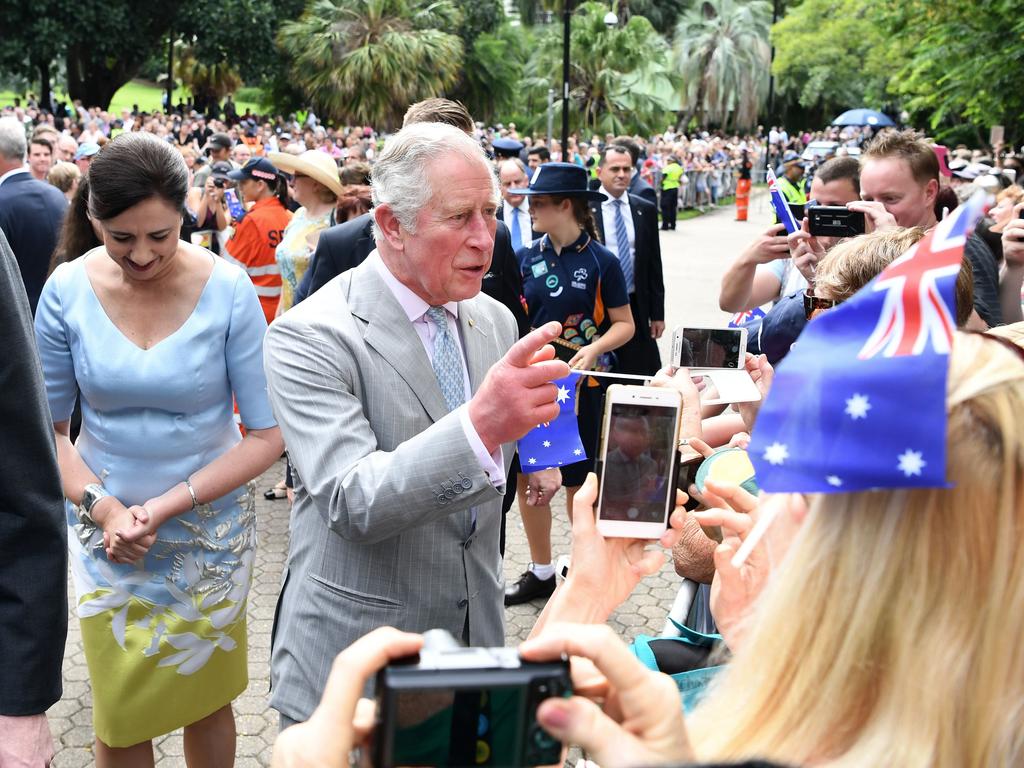
The longtime royal staffer went on to reveal the Queen’s regular post-engagement habit that she’d found truly “remarkable”.
“Coming back from even a domestic trip in the United Kingdom, whether it be a school or a church visit or even opening a library, the Queen would always find something interesting to see or do, always something,” Ms Anderson remembered.
“She’d come back, and we’d stand by her private lift in Buckingham Palace and she would say, ‘Did you hear what that little boy said, or did you hear what that teacher said? Wasn’t that interesting?’
“And I’d think, ‘how remarkable is that, that you’ve been on the throne for that length of time, but you still find something of interest about any visit … it showed the level of curiosity she still had.”
‘Worst-case scenario’ on tour
With so much money, time, and reputational currency on the line ahead of every big tour, the massive number of people across the board involved in its planning and execution are ready for anything – but there’s always one element that could ruin it all, and it’s completely out of their hands.
“I certainly know with the Prince and Princess of Wales, they were on a trip, I think it was Pakistan or India, and the weather was so bad that they were halfway to a venue on an aircraft and it had to be abandoned and come back,” Ms. Anderson said.
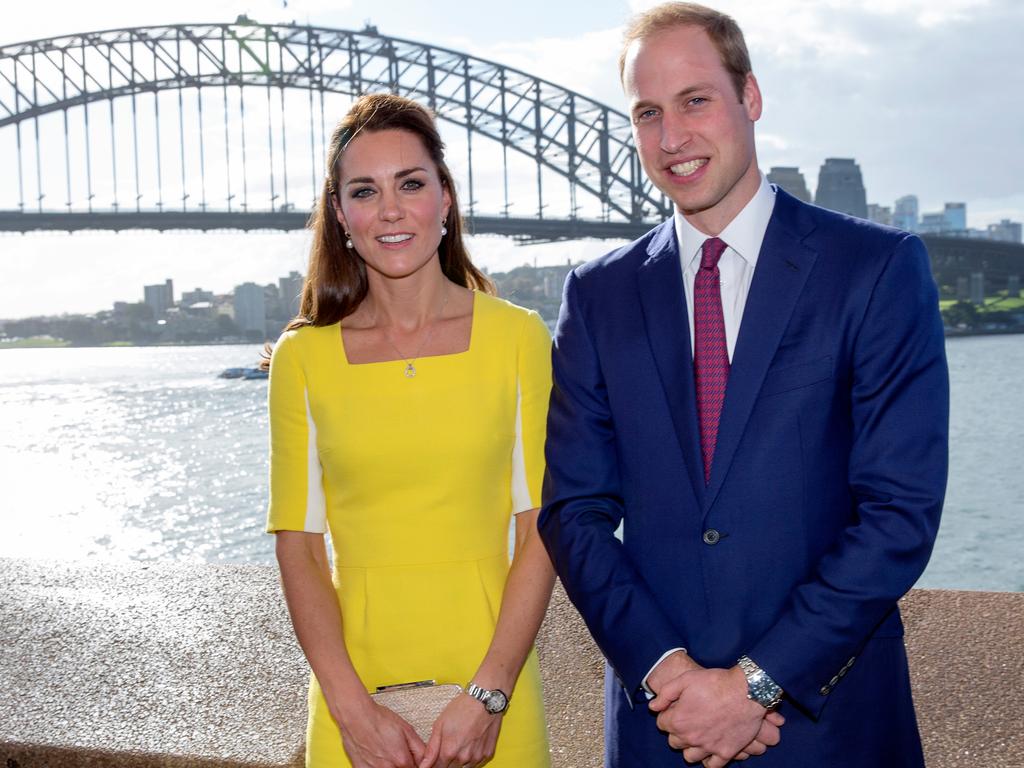
There’s also the issue of major, unrelated breaking news happening during the tour.
“If there’s a breaking news story at home and you have to react to it, you’re burning the midnight oil, looking at statements, putting something out, and obviously with [it’s more difficult] with the time difference when you’re overseas,” she explained.
“So you’ve always got to be prepared to react when you need to or not react. Sometimes you don’t want to create a story of your own making.”
Plus, a major news event “might completely torpedo the royal tour in terms of coverage”.
Given that they are designed to “shine a spotlight on people that wouldn’t necessarily be in the public domain”, when the engagement is pushed off the newspaper pages, “it’s a shame” – “especially with all the hard work that’s been put in”.
‘Never know if people will be interested’
The late Queen and Prince Philip’s 2011 tour was the last visit to Australia by a reigning monarch, prior to the King’s arrival on Friday.
It was a whirlwind, high-profile and jam-packed 11 days – but there was one element that overwhelmingly still stands out to Ms Anderson.
“It was the crowds – I remember the big Aussie barbecue in Perth, which was the last big event – and it was like the Queen was Taylor Swift,” she recalled.
“I mean, honestly, the crowds were enormous and they were cheering … and it was just electric. Just the genuine people, the adoration.”
Ms Anderson added that the moment had had an impact on the monarch, even after so many decades in the job.
“It was a real boost [for her] … because you never know how many people are going to be interested. But clearly, they were.
“It was electrifying.”




